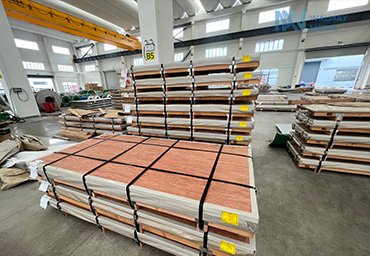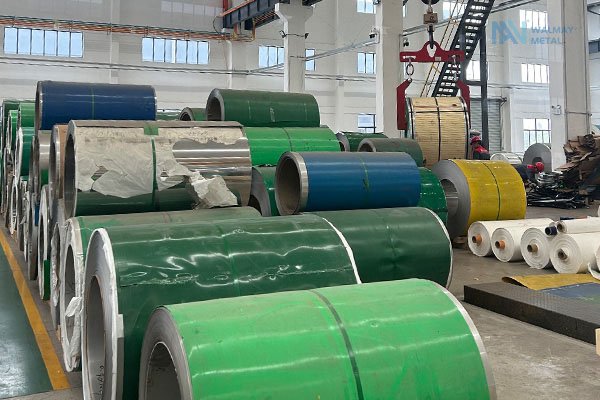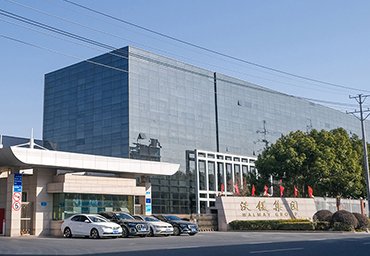Is 321 SS better than 316 SST?
What is 321 Stainless Steel?
Aisi321 is a Ni-Cr-Mo type austenitic stainless steel derivative of 304 stainless steel. It has excellent corrosion resistance and processability.
Corrosion resistance: In the temperature range of 425-850°C, carbide precipitation does not occur even in such a high range, which makes it have excellent creep resistance at high temperatures. At temperatures up to 900°C, it shows good performance and does not rust, especially showing good corrosion resistance in humid environments.
Processability: Like other austenitic stainless steel, it has good plasticity and weldability. No annealing treatment is required after processing. The plasticity of this material is excellent.
What is 316L Stainless Steel?
Aisi 316L plate is a derivative of 18-8 austenitic stainless steel and is an ultra-low carbon steel 316 stainless steel plate. 316L stainless steel plate has good corrosion resistance to various inorganic acids, alkalis, and salts due to adding 2-3% molybdenum.
316L stainless steel plate has good welding performance due to its low carbon content and is suitable for multi-layer welding. Generally, heat treatment is not required after welding, and there is no tendency for knifeeedge corrosion after welding.
The difference between 321 and 316L
321 material and Aisi 316L material are two common metal materials in our daily life and production. Below, we will introduce their differences in grades, compositions, properties, and applications.
1. Brand differentiation
| Comparison of Stainless Steel Grades in Various Countries | 321 | 316L |
| GB/T 20878-2007 Unified numerical code | S32168 | S31603 |
| New | 06Cr18Ni11Ti | 022Cr17Ni12Mo2 |
| Old | 0Cr18Ni10Ti | 00Cr17Ni14Mo2 |
| ASTM A959 | S32100 ;321 | S31603;316L |
| JIS G4303、JIS G4311、JISG4305 | SUS321 | SUS316L |
| ISO/TS 15510;ISO 4955 | X6CrNiTi18-10 | X2CrNiMo17-12-2 |
| EN 10088-1;EN 10095 | X6CrNiTi18-10,1.4541 | X2CrNiMo17-12-2;1.4404 |
2. Chemical composition differences
SS 316L and 321 stainless both belong to the austenitic stainless steel family and have similar basic compositions, including iron, chromium, and nickel.
AISI 316L: The low-carbon version of 316 stainless steel contains approximately 16-18% chromium, 10-14% nickel, and up to 0.03% carbon. The low carbon content makes 316L less susceptible to sensitization and intergranular corrosion compared to standard 316 stainless steel.
AISI 321: Similar to 316L, the chromium and nickel content ranges from 17-19% chromium and 9-12% nickel. AISI 321 also contains titanium as a stabilizer, typically at a content five times that of carbon. The addition of titanium helps prevent carbon precipitation during the welding process, thereby minimizing the risk of sensitization and intergranular corrosion.
| chemical composition | 321 | 316L |
| C | ≤0.08 | ≤0.030 |
| Si | ≤0.75 | ≤0.75 |
| Mn | ≤2.00 | ≤2.00 |
| P | ≤0.045 | ≤0.045 |
| S | ≤0.030 | ≤0.030 |
| Ni | 9.00~12.00 | 10.00~14.00 |
| Cr | 17.00~19.00 | 16.00~18.00 |
| Mo | 2.00~3.00 | |
| N | ≤0.10 | ≤0.10 |
| Ti | ≥5XC |
3、Differences in mechanical performance
316L Stainless steel sheet: Known for its excellent corrosion resistance in marine and chlorideh-rich environments. The low carbon content also enhances the resistance of AISI 316L to intergranular corrosion, making it suitable for applications involving welding. 316L stainless steel also exhibits good ductility, weldability, and formability.
AISI 321: 321 stainless steel has good ductility, weldability, and formability similar to 316L.
| mechanical property | 321 | 316L |
| Stretching strength Rp0.2/MPa | ≥205 | ≥180 |
| Tensile strength Rm/MPa | ≥515 | ≥485 |
| ElongationA/% | ≥40 | ≥40 |
| HBW | ≤217 | ≤217 |
| HRB | ≤95 | ≤95 |
| HV | ≤220 | ≤220 |
4、Differences in the application of AISI 316L and 321 stainless steel
The unique properties of AISI 316L and 321 stainless steel make them suitable for different applications.
AISI 316L: Widely used in applications that require excellent corrosion resistance, especially in marine environments and the chemical industry. It is commonly used to construct pipeline systems, valves, pumps, and other equipment exposed to chloridehrich media.
316L is also used in the food processing industry due to its corrosion resistance and easy cleaning properties.
SS 321: Mainly used for applications that require resistance to intergranular corrosion during the welding process. It is commonly used in petroleum waste gas combustion pipelines, boiler casings, heat exchangers, heating furnace components, silencing components for diesel engines, boiler pressure vessels, chemical transport vehicles, expansion joints, furnace pipelines, and spiral welded pipes for dryers.
5、Cost difference between AISI 316L and 321 stainless steel
The cost of AISI 316L and 321 stainless steel may vary due to various factors such as alloy content, production process, and market demand. Overall, due to its low carbon content and additional corrosion resistance properties, the cost of AISI 316L may be slightly higher than 321.
Of course, specific cost differences may vary depending on specific applications and market conditions.
Conclusion
In summary, 316L Steel and 321 stainless steel differ in grade, composition, properties, and applications. 316L provides excellent corrosion resistance in chloride-rich environments, while 321 is known for its resistance to intergranular corrosion during welding.
Both grades exhibit good ductility, weldability, and formability, making them suitable for a wide range of applications.
The selection of AISI 316L and 321 stainless steel should be based on specific application requirements, such as corrosion environment, welding requirements, and cost considerations.
Tags:stainless steel,aisi 321,321 stainless steel,316l,ss316l,aisi 316l
Recent articles:
- U.S. Stainless Steel Tariffs Jump to 50% – How Companies Are Adapting
- Global Steel Output Drops 5.8% in June – India Bucks the Trend
- Alleima’s New Super Duplex Steel Fights Urea Plant Corrosion
- 310S vs 304 Stainless Steel Pipes: Which Should You Choose?
- 2205 vs 2507 Duplex Stainless Steel: Choosing Your Industrial Champion
- 430 Stainless Steel: The Cost-Effective Workhorse You Should Know About
Table of Contents
Recent Posts
-
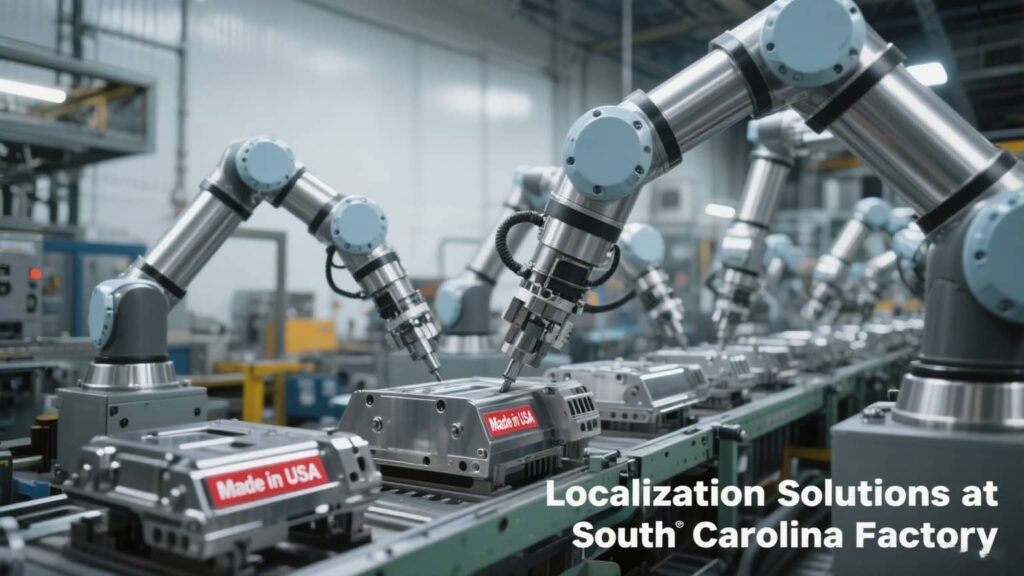 U.S. Stainless Steel Tariffs Jump to 50% - How Companies Are Adapting01 8 月 2025
U.S. Stainless Steel Tariffs Jump to 50% - How Companies Are Adapting01 8 月 2025 -
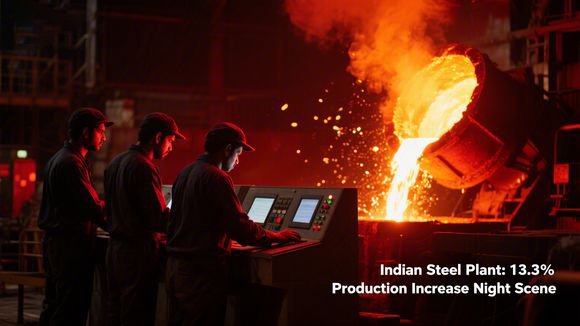 Global Steel Output Drops 5.8% in June - India Bucks the Trend31 7 月 2025
Global Steel Output Drops 5.8% in June - India Bucks the Trend31 7 月 2025 -
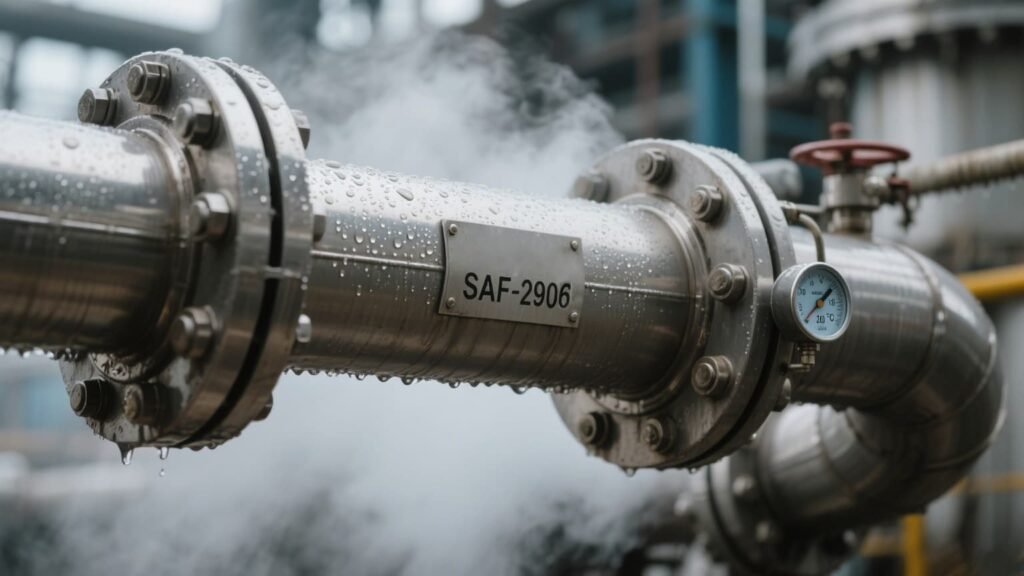 Alleima's New Super Duplex Steel Fights Urea Plant Corrosion29 7 月 2025
Alleima's New Super Duplex Steel Fights Urea Plant Corrosion29 7 月 2025 -
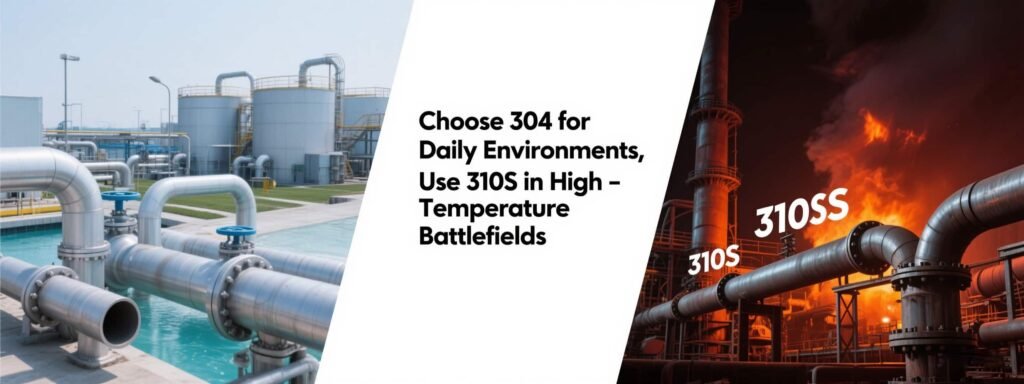 310S vs 304 Stainless Steel Pipes: Which Should You Choose?28 7 月 2025
310S vs 304 Stainless Steel Pipes: Which Should You Choose?28 7 月 2025
Have Any Question?
High-quality manufacturers in the stainless steel industry, feel free to ask



